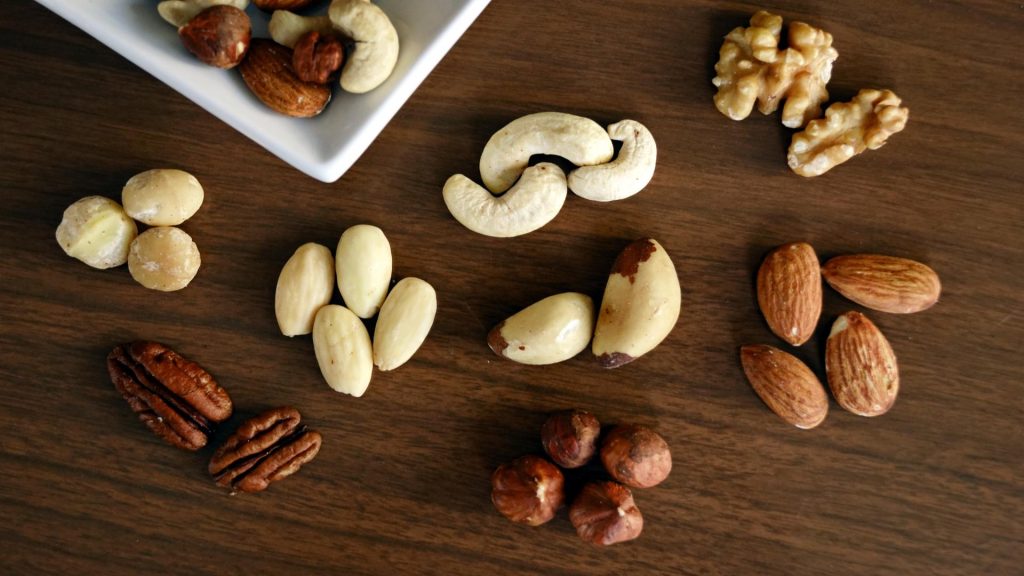In a up to date learn about revealed within the magazine Nature Communications, researchers examine the results of intermittent fasting with protein pacing (IF-P) with heart-healthy calorie restriction (CR) on intestine microbiota reworking and metabolomic profiles.
Find out about: Gut microbiome remodeling and metabolomic profile improve in response to protein pacing with intermittent fasting versus continuous caloric restriction. Symbol Credit score: mentalmind / Shutterstock.com
Diet and the microbiome
The intestine microbiome is significant for weight control and gastrointestinal condition. Dietary enter, which influences each the intestine microbiota and weight, has healing doable for metabolic dysregulation.
Fresh preclinical analysis in mice has proven that consuming protein can leave weight problems following persistent fatty liver disease. IF-P, as an example, is a a hit weight loss and frame composition-enhancing technique; alternatively, the results of this method at the intestine microbiome stay dense.
Concerning the learn about
The flow learn about used to be performed in Saratoga Springs, Unused York. It incorporated crowd who had been both idle or minimally energetic, obese or heavy, weight solid, and between 30 and 65 years of date. Find out about contributors had been randomized to both IF-P or CR, which comprised 21 and 20 people, respectively, over 8 weeks.
All learn about contributors' calorie consumption and expenditure had been matched. People the usage of antibiotics, antifungals, or probiotics right through the previous two months had been excluded from the learn about.
Fecal, microbial, and plasma metabolomic traits of obese or heavy people who adopted an IF-P or CR vitamin had been assessed. Any adjustments in meals intake, frame weight, cardiometabolic results, starvation rankings, and intestine plant life amongst both crew had been additionally documented. Find out about contributors finished the gastrointestinal symptom ranking scale (GSRS) at baseline in addition to at weeks 4 and 8.
Fecal samples had been bought for deoxyribonucleic acid (DNA) extraction and quantitative polymerase chain response (qPCR) research to resolve the entire bacterial biomass and fecal microbiome composition. Find out about contributors additionally equipped blood samples for frame composition critiques, biochemical analysis, and serum metabolomic research, which used to be carried out via liquid chromatography-mass spectrometry (LC-MS) and gasoline chromatography-MS for short-chain fatty acid (SCFA) research.
The results of IF-P on intestine micro organism colonization, stool parameters, and calorie aid had been enthusiastic. To this finish, 16S ribosomal ribonucleic acid (rRNA) sequencing and linear-mixed results modeling had been old to spot patterns of covariation and co-occurrence between the microbiota and circulating metabolites. A multi-omics issue research additionally allowed the researchers to discover patterns of covariance and co-occurrence between the microbiome and circulating metabolites.
Protein pacing comes to 4 foods containing 25-50 g of protein each and every week, while IF-P comes to 35% carbohydrate, 30% fats, and 35% protein consumption for 5 to 6 days each and every while. The CR routine comes to 41% carbohydrate, 38% fats, and 21% protein consumption, in step with United States nutritional tips.
Find out about contributors gained dietary supplements and snacks right through IF days, while protein pacing days concerned 4 to 5 foods each and every week, which is in accordance with the American Center Affiliation's Nationwide Ldl cholesterol Training Program Therapeutics Way of life Adjustments nutritional tips.
Find out about findings
IF-P used to be discovered to steer gastrointestinal signs, intestine microbial variety, and circulating metabolites to a better extent than CR. Additionally, IF-P led to raised Marvinbryantia, Christensenellaceae, and Rikenellaceae counts and greater ranges of cytokines and amino acid metabolites that advertise fatty acid oxidation.
IF-IP considerably enhanced cytokines focused on lipolysis, irritation, weight reduction, and immunological reaction, corresponding to interleukin-4 (IL-4), IL-6, IL-8, and IL-13. Conversely, calorie restriction greater the degrees of metabolites focused on a metabolic pathway related to lifespan.
Intestine microbiota and metabolomic variables influenced weight reduction upkeep and frame composition. Additionally, IF-P pacing had a extra profound affect on intestine microbiota dynamics than calorie restriction.
IF-P additionally lowered general fats, carbohydrate, salt, sugar, and calorie consumption by way of 40% day expanding protein intake to a better extent than CR. Find out about contributors who adopted IF-IP misplaced extra frame weight, general, belly, and visceral fats aggregate and had a better fat-free aggregate share. Find out about contributors within the IF-P crew additionally exhibited a vital aid in visceral fats by way of 33%.
Conclusions
IF-P used to be related to important enhancements in GI signs day expanding Christensenella ranges, which is a intestine micro organism related to a incline phenotype, and circulating cytokines that keep an eye on general frame weight and fats aid. The learn about findings emphasize the use of individualized nutritional remedies for maximum weight regulate and metabolic condition results.
However, additional analysis is had to perceive the processes chargeable for those observations and the healing implications of launch individualized weight problems regulate tactics. Those findings may additionally information pace intestine microbiome-focused precision nutritional suggestions with higher pattern sizes and longer intervals.
Magazine reference:
- Mohr, A.E., Sweazea, Okay.L., Bowes, D.A., et al. (2024). Intestine microbiome reworking and metabolomic profile enhance in line with protein pacing with intermittent fasting as opposed to steady caloric restriction. Nature Communications 15; 4155. doi:10.1038/s41467-024-48355-5



